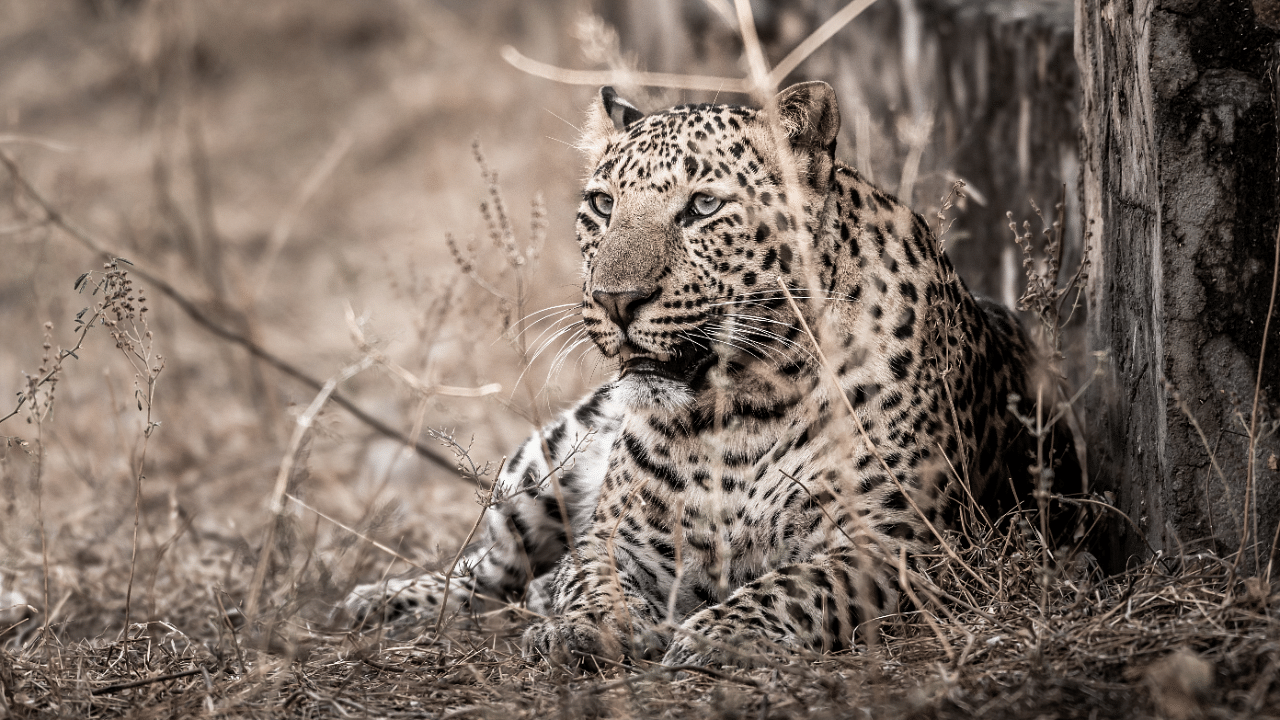
Wildlife in India is fighting a losing war with land conversion, deforestation, industrialization and illegal wildlife trade. The big cats are no exception to this. India is the habitat of five big cats, namely, the Royal Bengal Tiger (Panthera tigris), the Asiatic Lion (Panthera leo), the Indian Leopard (Panthera pardus), the Snow Leopard (Panthera uncia), and the Indo-Chinese Clouded Leopard (Neofelis nebulosa).
The umbrella legislation that protects wildlife is the Wildlife Protection Act 1972. It has six schedules that enlist the animals and plants that require human interventions. Schedule I and II list the species that require absolute protection. All the big cat species are listed in Schedule I, ensuring the maximum protection and indicating that their habitats are in danger.
The tiger’s range is restricted to pockets of wilderness scattered around eastern Asia. In India, hunting of tigers was totally restricted by 1970 and Project Tiger, was initiated by the government of India in 1973. A recent tiger census report indicates an increase in the tiger population from 2,226 in 2014 to 2,967 in 2018 – a clear result of tiger conservation efforts. At the start of the 19th century, the global wild tiger population was above 10,000. This number has dwindled to about 4,000 in 2018. This figure itself indicates that tiger conservation has still a long way to go before it can be deemed successful.
Asiatic lions are only seen in Gujarat. Once the species had a wide range across most of South Asia. But rampant poaching and habitat destruction has contracted their habitat only to the agro-pastoral landscape Saurashtra, covering nine districts in Gujarat. The unique Asiatic lions are conserved and there has been a rise in their population from 523 in 2015 to 674 in 2020. Community participation has been key to this success story. Currently, there is an active debate on the relocation of lions from Gujarat to other parts of India having similar ecology. Lions are pack hunters and competition between males to occupy territories is normal. In this context, relocating some lions to other spaces is logical and it will also decrease the competition.
The leopard is another big cat which stays hidden from the national conservation focus on Asiatic Lions and Royal Bengal Tigers. Current estimate shows, leopard population in India has seen a 60% growth in the period of 4 years from 8,000 in 2014 to 12,852 in 2018. The highest leopard populations are in the state of Madhya Pradesh (3,421) followed by Karnataka (1,783) and Maharashtra (1,690). Wildlife conflict is prominent with leopards because of their attacks on humans and livestock in absence of their natural prey in their diminished native forests.
Snow leopards, the high altitude big cats are shy but excellent hunters. Because of their mountainous habitat range, accurate assessment of their population size is difficult. One estimate suggests that their population size ranges between 450 to 500 individuals in the Himalayan landscape of India. Though the population of this species is dwindling due to shrinkage of their natural mountain-forest habitat, the government of India has just started to look into their conservation plans. According to a 2020 report, Indian’s first snow leopard conservation effort is about to be launched in the state of Uttarakhand.
Clouded leopards are named after their distinctive markings of ellipse spots partially edged in black. Clouded leopards are seen in tropical forests at elevations of around 3,000 meters. They extensively use tree canopies for resting and hunting. In India, this elusive species of big cat can only be spotted in mountainous rain forest tracks in the states of Sikkim, West Bengal, Assam, Arunachal Pradesh and Tripura. They have a population size of less than 10,000 individuals and are under imminent threat of extinction due to illegal poaching, illegal wildlife trade and habitat destruction.
All the big cats of India are under pressure due to fragmented forests and rapidly disappearing wilderness in the name of development. Though the conservation efforts for tigers and Asiatic lions are gaining momentum, little has been done for other big cats such as the snow leopard and the clouded leopard. Protection of all the five big cats needs to be prioritised.
(The writers are Dean and Assistant Professor, respectively, at Jindal School of Environment & Sustainability, O.P. Jindal Global University, Haryana)